1
Lydford Gorge
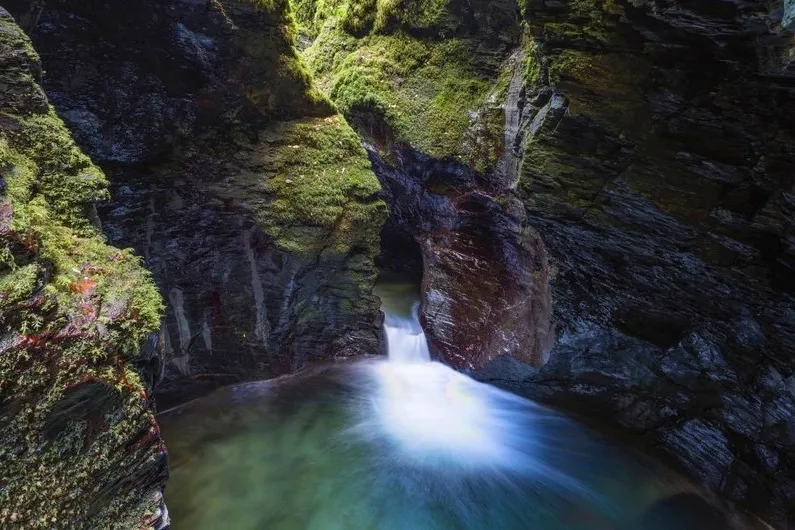
Dartmoor, Devon – 3 miles
Lydford Gorge is a sylvan delight of laurel, cherry, elm and lime trees. You might catch the blue flash of a kingfisher or a heron lifting elegantly from the water as you encounter the impressive White Lady Waterfall. This is the deepest gorge in south-west England and includes beautiful ancient oak woodland; the trees’ fresh green leaves newly unfurled. A series of spectacular potholes line the gorge, the largest of which is Devil’s Cauldron. After heavy rain, dramatic whirlpools form in the craterous riverbed. Map and route.
2
Water of Nevis
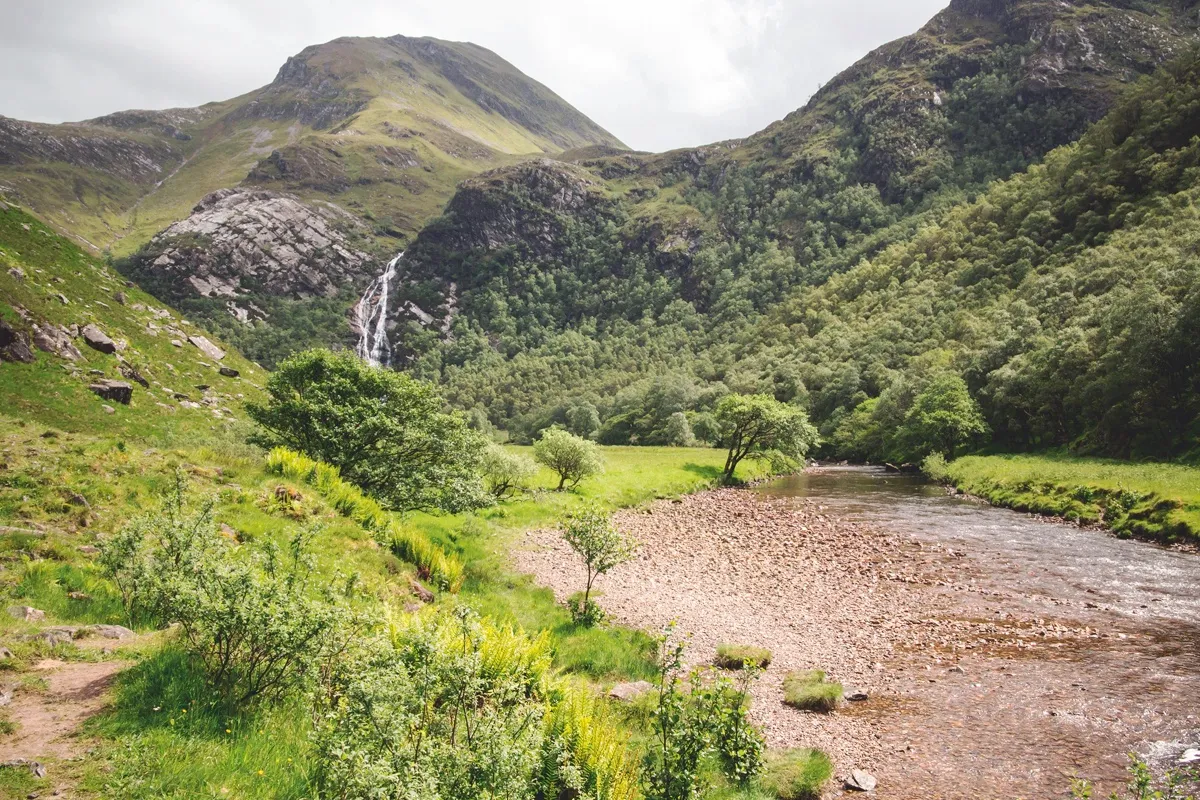
Glen Nevis, Highlands – 6 miles
A delightful path hugs the bank of the Water of Nevis, climbing through stands of silver birch trees where clusters of primroses continue to flower. Beside tumbling waters, the way follows a stony track through thin woodland. Beyond Meall Cumhann, be sure to admire the glorious view back along the Water of Nevis. Picking your way over boulders and squeezing through a narrow section, you enter a lost kingdom, a surprisingly lush, broad valley with the silvery cascade of Steall Falls to the south-east immediately grabbing your attention. Map and route.
3
Glenariff Nature Reserve, County Antrim
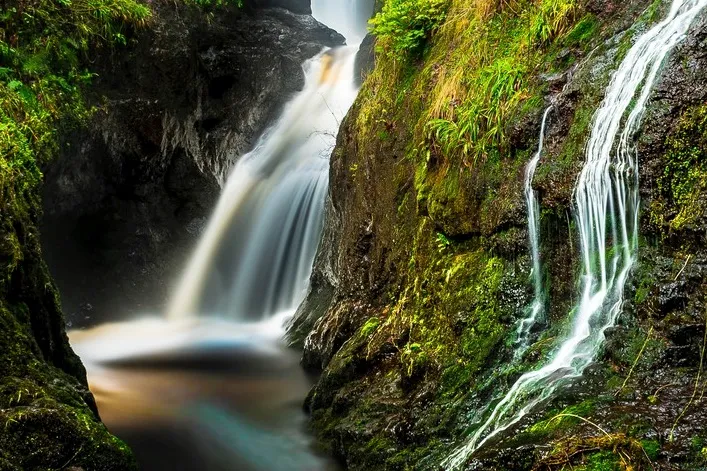
Glenariff Forest Park, Antrim – 2 miles
The Glenariff and Inver rivers cut through the heart of this spectacular steep-sided gorge – the Queen of the Glens. The rivers can be lively and dramatic as they tumble over large boulders and impressive waterfalls, and then suddenly calm and tranquil, flowing lazily through oak and beech woodland. On clear days, sunlight streams through the fresh new leaves of the rivers’ verging forest. This humid and moist microclimate is home to rare ferns, mosses and liverworts, as well as spruce, fir, pine and larch. Route and map.
4
Aberglaslyn Pass
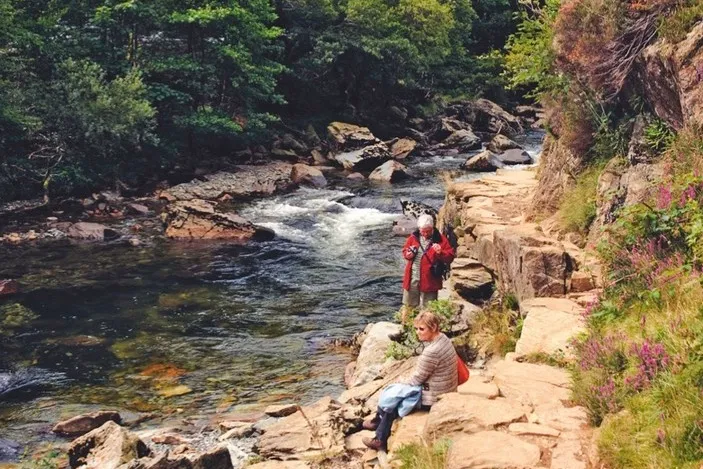
Snowdonia, Gwynedd – 2 miles
Follow the Fisherman’s Path on the eastern bank of the Afon Glaslyn’s turquoise waters as it cascades over rocks and squeezes its way through narrow ravines. The spray from the water makes the stone alongside the path an ideal place to search for mosses, lichens and liverworts, while the boulder islands are often busy with dippers and grey wagtails as they search for food.
If you’re lucky, the sound of the valley’s steam train will echo around the walls of the pass as the railway winds through tunnels above you. Map and route.
5
How Stean Gorge, North Yorkshire
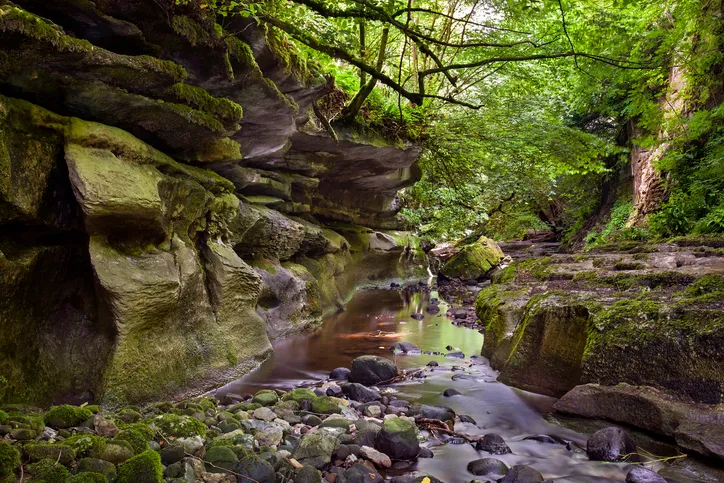
Nidderdale, Yorkshire – 4 miles
This limestone gorge is a green oasis for marsh marigolds and lime-loving plants. Ancient ferns, cuckoopints and horsetails will give you a sense of having entered a lost world. Your soundtrack will be the thunderous gushing of the River Nidd as it forces its way through this thin canyon, a fascinating insight into the effects of water erosion on limestone. Try your hand at rock climbing, via ferrata, caving and canoeing. Be prepared to get wet. Walking route.
6
Derwent Gorge
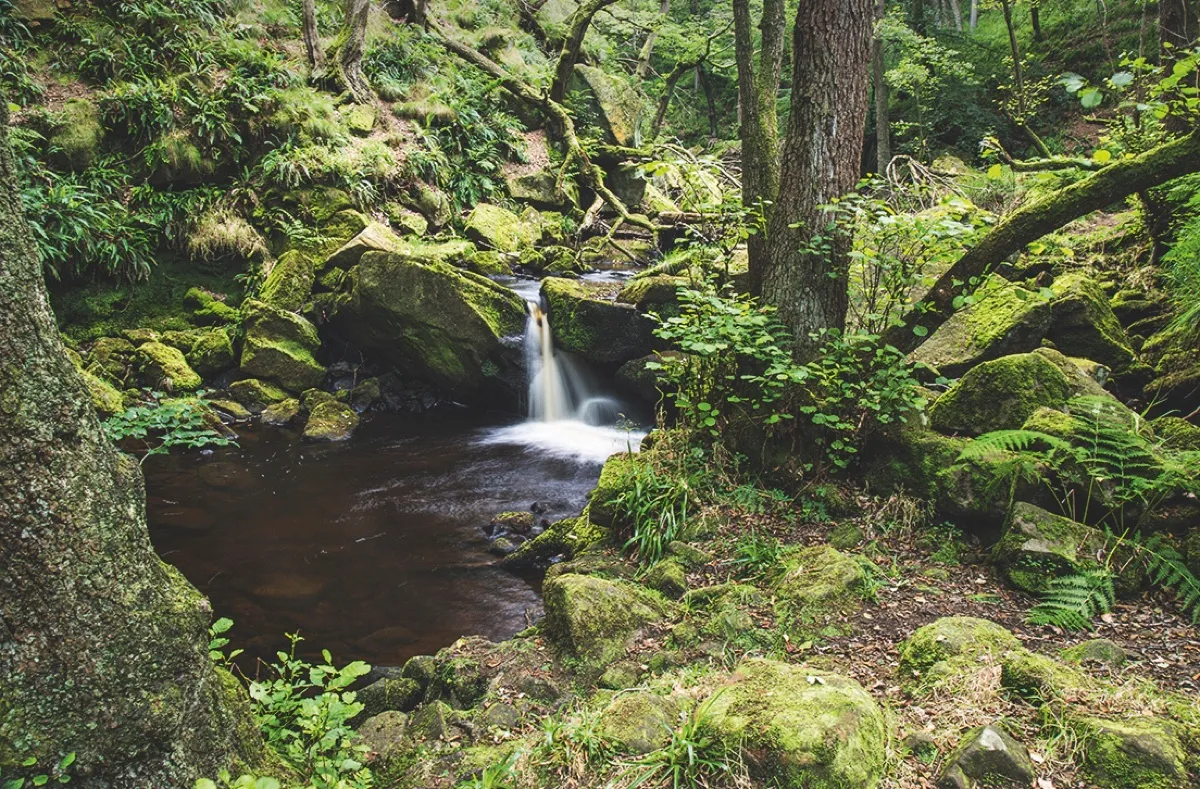
Castleside, Co. Durham – 2.5 miles
Cloaked with ancient oak woodland, Derwent Gorge is a fragment of the once extensive forest that dominated Britain’s landscape. The River Derwent winds sharply through this dramatic gorge. The forest canopy will be alive with birdsong – blackcap, chiffchaff and several species of warblers – while in early summer the woodland floor is home to the delicate flowers of enchanter’s nightshade, sweet woodruff and wavy bittercress. Look out for roe deer and red squirrels, too.
7
Padley Gorge, Derbyshire
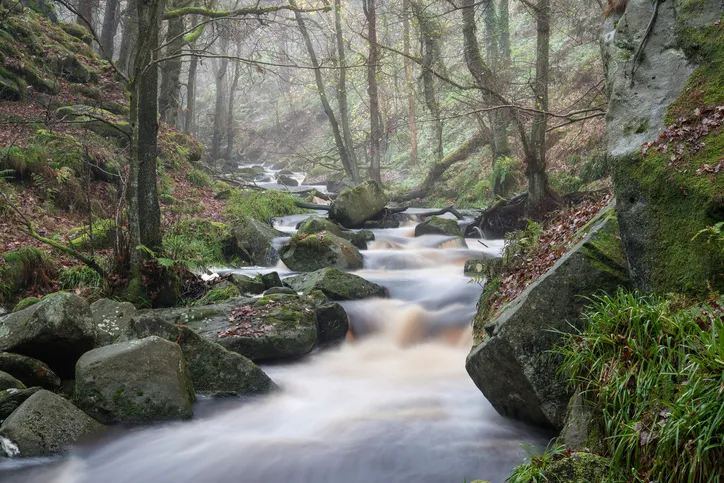
Peak District, Derbyshire – 2.3 miles
Burbage Brook begins its life high up on the purple heather moors above Sheffield, and by the time it enters the Longshaw Estate at the splendidly named Toad’s Mouth, it’s a gurgling, youthful stream.
Meandering gently amid the silver birches, the brook offers plenty of paddling potential and there are lots of great picnic sites on the open grassy banks. Before long, though, the steepening ground turns to woodland and the water cascades over rocky boulders as it makes its way down into the Derwent Valley far below. Map and route.
Images: Getty
